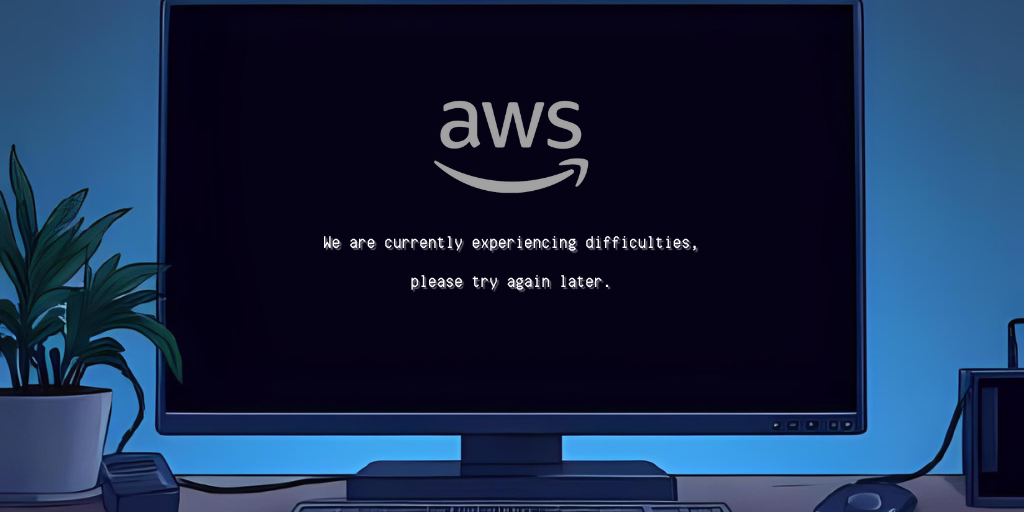How the Recent AWS Shutdown Affects Businesses
Discover the wide-ranging implications of the latest AWS outage and how it is reshaping operational strategies for businesses of all sizes.
2 min read
.jpeg) Michael Markulec
:
Sep 30, 2022 2:37:42 PM
Michael Markulec
:
Sep 30, 2022 2:37:42 PM

The demand for cyber insurance has skyrocketed in the last few years. The business, currently valued at $7.8 billion, is predicted to grow to $20 billion by 2025. Cyber insurance firms gain from the possible fear of disruptions and attacks, but the escalating costs also worsen their loss ratios.
Insurance companies raise their premiums to reduce losses, making it difficult for small businesses to obtain coverage. This challenge is further made more difficult by other crucial elements like the world economic crisis, supply chain interruptions, and a lack of skilled workers.
Cyber insurance operates on the same fundamental principles as other forms of insurance. The insurers determine a certain coverage level and premium based on the possibility of an incident and its possible impact on the insured organization after evaluating potential risks in light of many well-known factors.
However, the issue is that the cyber landscape is extremely complicated and dynamic, which makes it difficult to estimate the variables of a future event. Let's use life insurance as an example because it has well-understood variables. A person's health and lifestyle are evaluated to determine the rates and coverage levels. Age, body mass index (BMI), smoking status, mental health status, personal and family medical histories, occupation, and drug use status are all considered.
The premiums and coverage levels fluctuate when these factors change. For instance, a person is more likely to pay high rates or not for coverage if they smoke frequently, have a poor medical history, and are older. On the other side, a youthful, active, and healthy person is more likely to be eligible for life insurance coverage at a lower cost.
While it might take some time for the cyber insurance market to develop and include coverage for all sizes of organizations, there are best practices that businesses can use to meet the requirements for insurance coverage more successfully.
The basic strategy is assuring the insurers that your company is prepared to protect against the most sophisticated threats. That certainty can be significantly increased by adopting a proactive mindset. First, businesses should invest heavily in solutions that minimize their risk exposure. Most of your expenditure should go into programs that can stop or lessen the effects of ransomware assaults.
How can small businesses effectively protect themselves from ransomware and data theft while operating on a shoestring budget? Automation is a practical strategy. Critical tasks like threat detection, response, and access permissions can be automated to help save money and human resources. Automated solutions offer these services in a single compiled software package. These solutions eliminate the need for businesses to invest financial resources in various instruments.
In today's hostile environment, ransomware and data exfiltration are practically unavoidable, but smaller businesses can still outperform their competitors by utilizing automation. Organizations can meet tight insurance requirements and free up their budgets for more significant premiums by implementing proactive methods combined with automated and efficient processes.

Discover the wide-ranging implications of the latest AWS outage and how it is reshaping operational strategies for businesses of all sizes.

As ransomware attacks escalate, small businesses face mounting anxiety over cybersecurity vulnerabilities that could threaten their survival.

Discover how simulated phishing campaigns can transform your organization's security culture and empower employees to recognize and defend against...